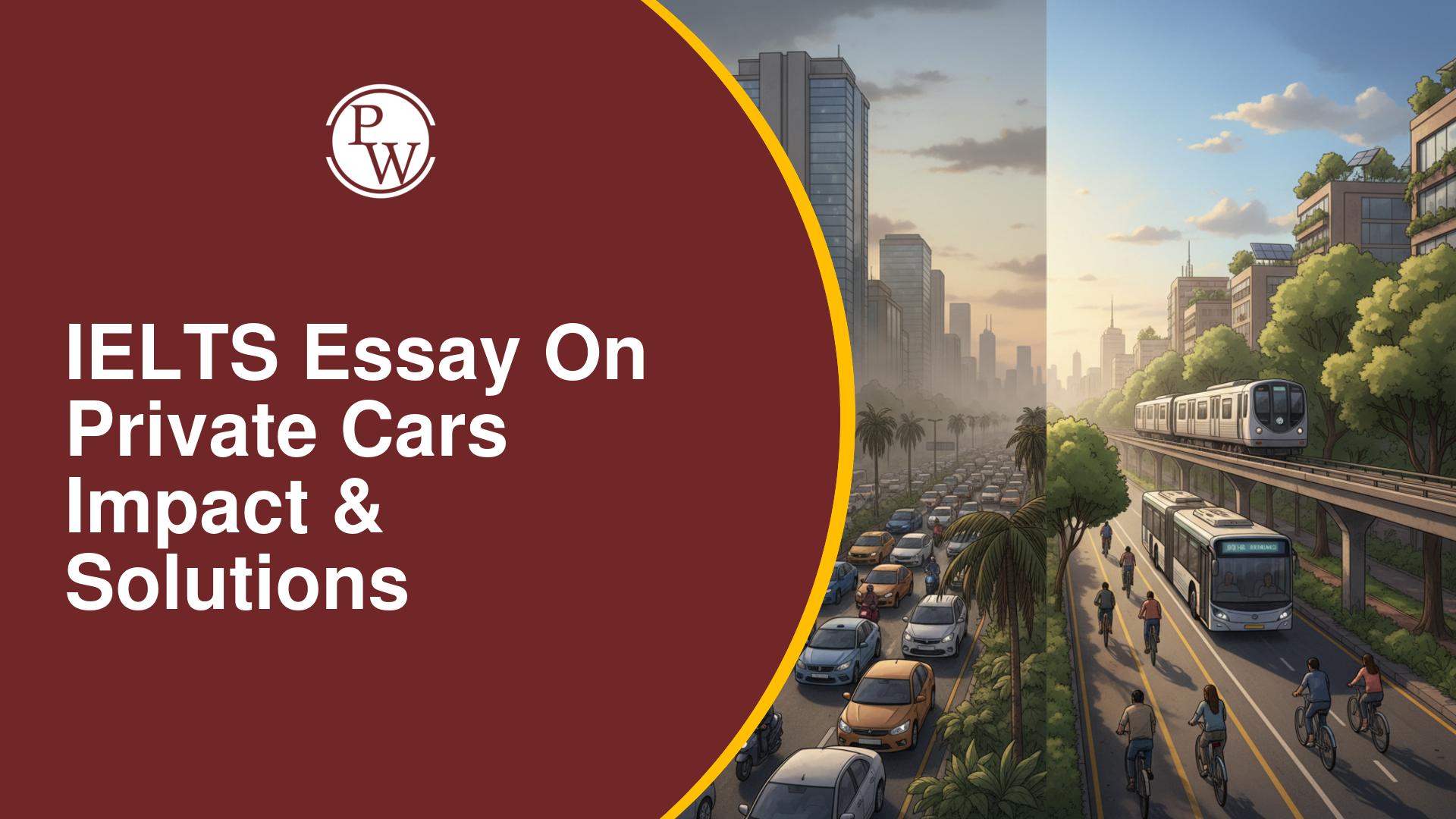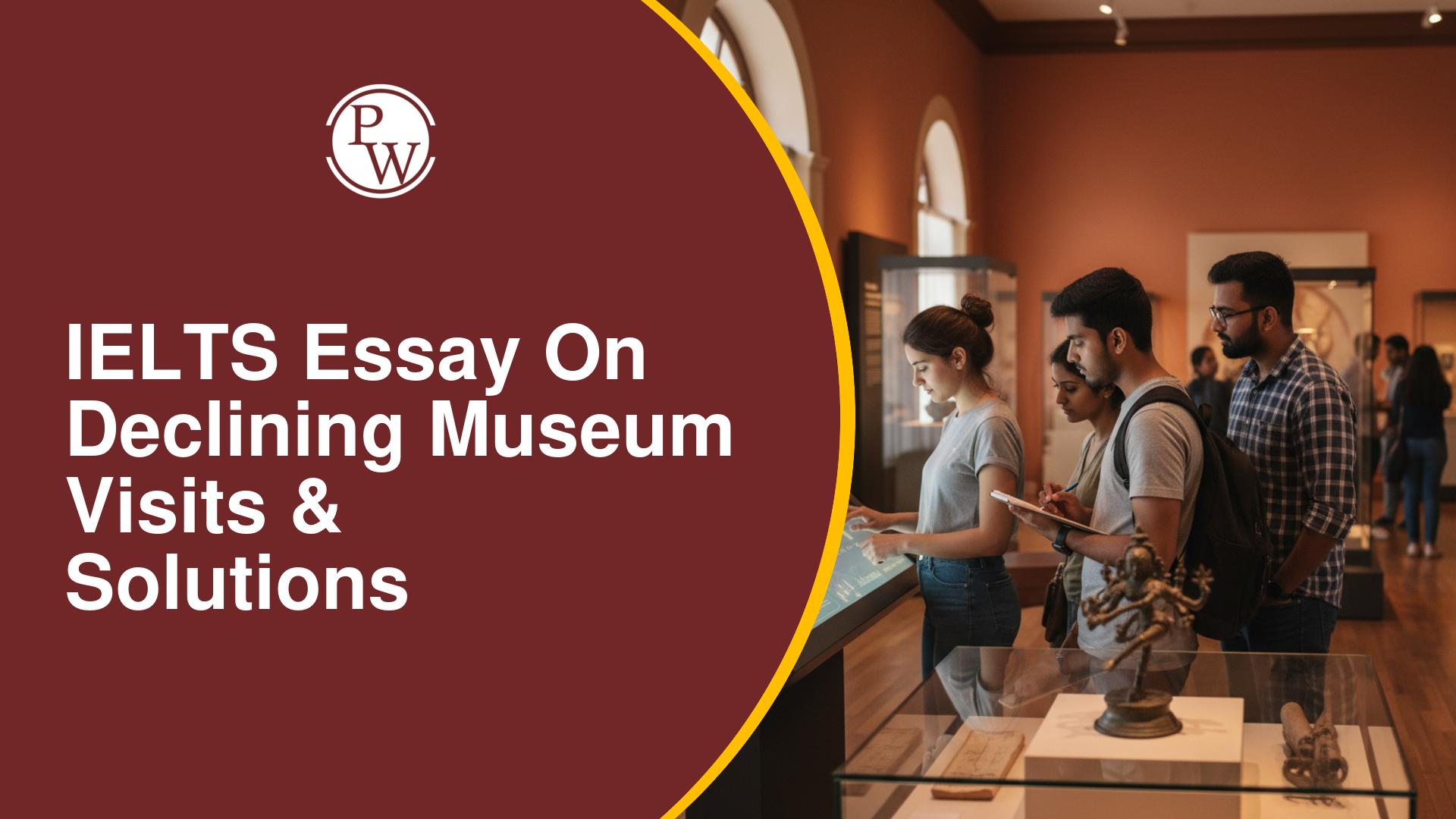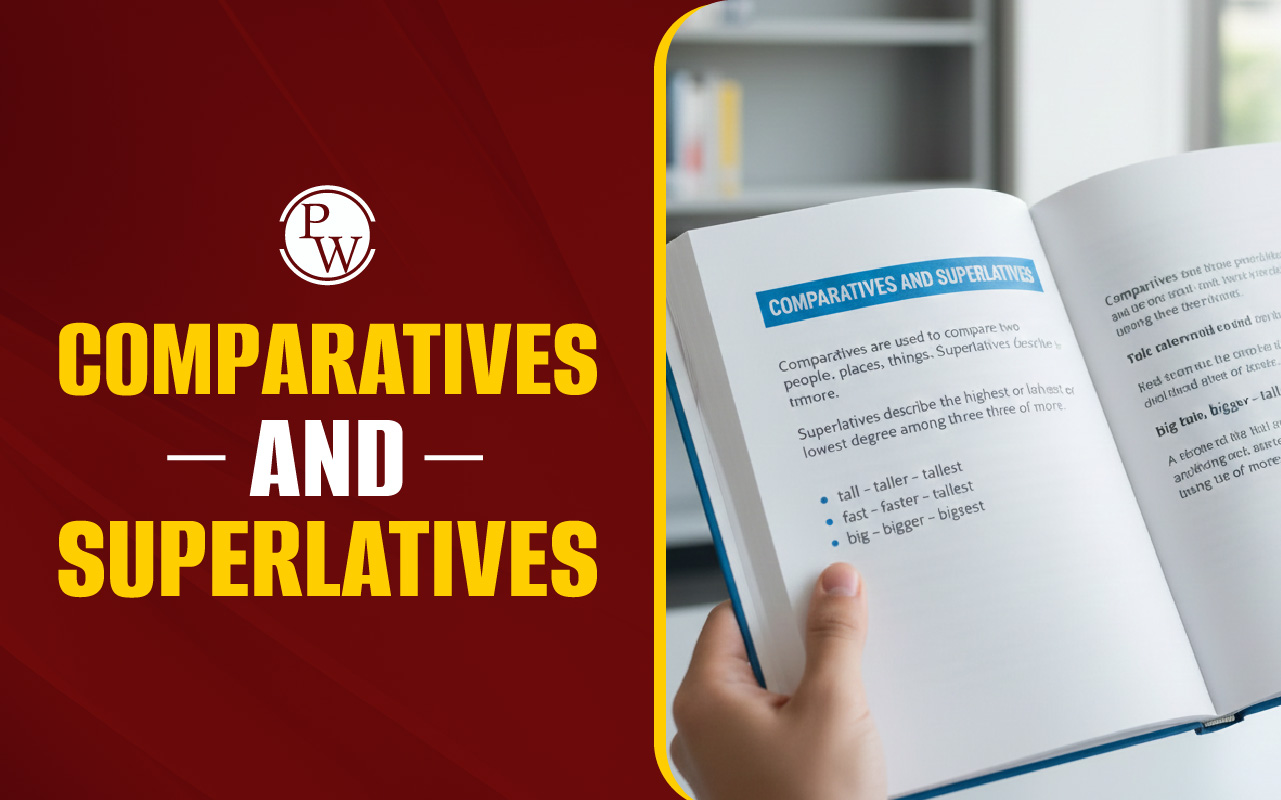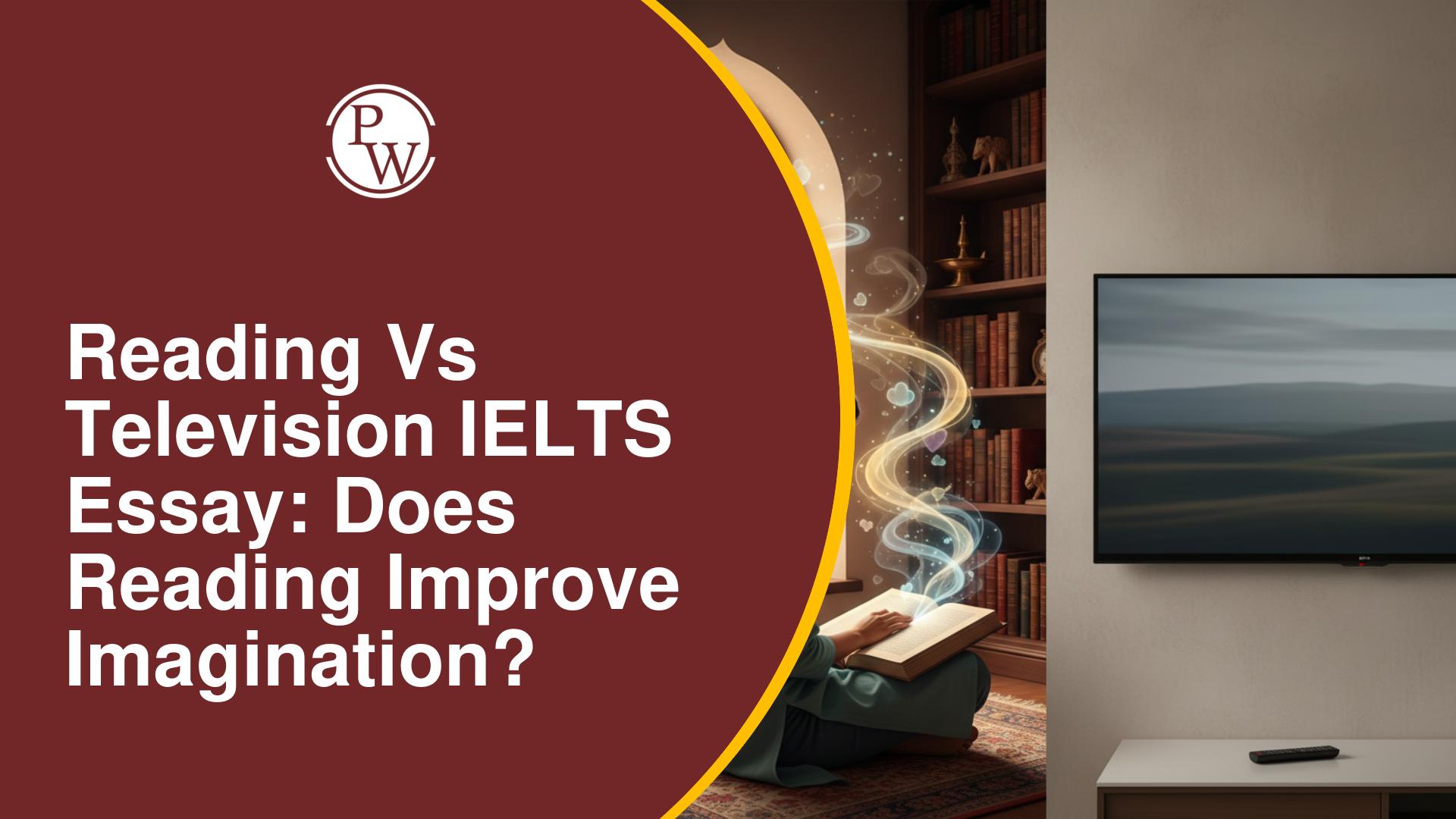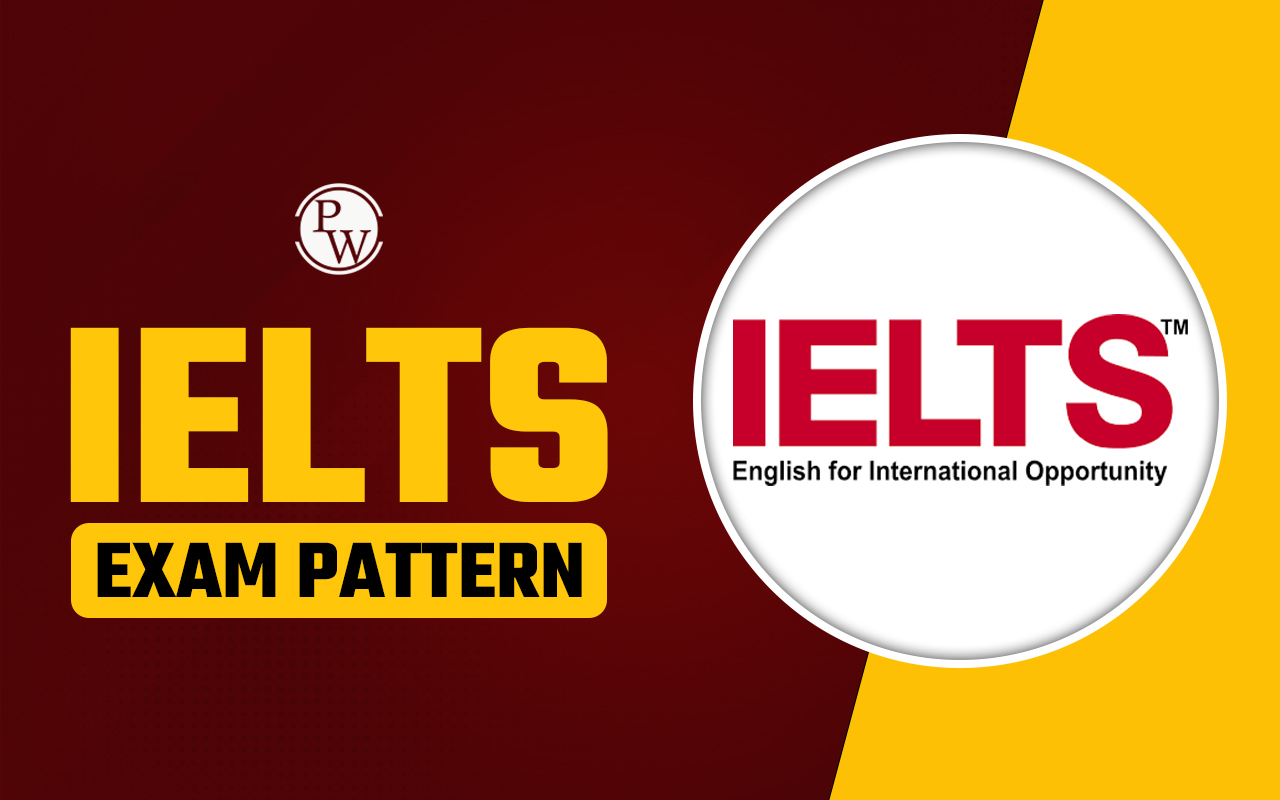
That Vision Thing Reading Answers of the IELTS explores the concepts of vision in organizational leadership, motivation, and human resource management altogether. This passage explains how the term “vision” was once a popular business. But it is now seen as unrealistic or even controlling.
This passage helps readers and students understand how business leaders use vision to guide their teams and how this idea is viewed today. Through this passage IELTS conducting body aims to check the students' and aspirants' ability to understand ideas, find details, and draw conclusions. So, to help candidates in analyzing such passages, covered here are some major questions, answers, tips, and other relevant details.
That Vision Thing IELTS Reading Answers
Provided here is the complete passage on That Vision Thing reading for aspirants to refer to and practice. This passage helps improve skills like scanning, inference, and comprehension, key to scoring well in the IELTS Reading section. Refer below for the full passage and practice materials.
That Vision Thing Reading
In the past, management took a minor role in influencing motivation. It was generally considered that if the correct tools, training and environment were provided, individuals would do their jobs, and the result was sufficient in itself. People in organizations were considered a ‘resource’, but the term has now changed. Personnel have become ‘human resources’, and that in itself can be seen in terms of strategic potential, and with appropriate development, are one of the most important assets organisations may have.
A key aspect of this is motivation, and to achieve it, the latest buzzword is ‘envisioning’. We often hear managers urging people to visualise the team they worked for and wanted to have, to create shared values, inspire, and direct the energies of the staff in the right direction. In the absence of such a visionary leader, the organisation merely functions in some vague dimension. (A look at some recent newspaper headlines will identify hundreds of companies that have collapsed for lack of vision.) As (a former American President, George Bush Senior) said to watch out for, is when you hear, “that vision thing,” it may be time to worry.
The first rule to realise when considering ‘envisioning’ is to acknowledge the true human nature of individuals. These people are not composed entirely, or even at all, of strategic and long-term objectives. The fact is that people are not composed entirely, or with simplistic rules in mind. Rather, they are incredibly complex. They are not entirely composed of group goals or of group activities, and there are some who will do very well within organisations and there are others who do not, and these exactly the same set of personal values. These people can, in fact, merely looked upon as combinations of preferences (status, money, power, or individually defined objectives), in different manners. Thus, a truly shared and meaningful vision is very difficult, and often impossible, to generate.
Yet the ‘visionary’ manager attempts to do just this. The trouble is, the high-minded declaims of the fresh MBA and no mention of becoming bogged down in a long, laboured exercise of words or writings or both. In order to reach a common goal, the vision necessarily loses all individuality. The books do not mention the protracted and sterile written redefinition of what is ultimately produced, of moving towards a ‘publishable’ vision. A definition is content always less than the reality, and the corporate manifestos rather than how life is lived by a few, yet still believe in something imposed from above, without employing a superficial level.
The unfortunate fact is, when turning from rhetoric to reality, the contradiction has only been compounded. Deep down, all staff members know that envisioning is attempted not to create a more egalitarian company, but only as one means of enriching the company’s own benefits. It’s usual that staff members, when they can’t be moved by the love of their job, in a microdictator and consumer-driven world, they look for hard and tangible rewards. That can take money terms, but certainly involves the company giving back profit in the form of salaries, reward schemes, subsidised parks, and extra days off. Personal visions never, ever, mention these.
Here’s another reason why envisioning is dubious at best. Workers do not like to be involved in products in the service of profits, or cogs in the organisational machine, yet envisioning can break them all even worse: can diminish as a sociological experiment. The assumption is that by using a shared vision, leaders can create high staff equity, which then can only lead to increased productivity at low costs and then lead cheaply in the right direction. This is not a leading belief to enhance commitment to the organisation. This is simply ideology with a very opposite view to that of loyalty and vision as shared values.
Personal vision comes last, not society's goals. Almost everyone would choose their own lifestyle, which includes their own home, local relationships, over an aim that serves socioeconomic and political needs. And when a worker begins to believe he/she is being manipulated towards those company goals, the level of motivation will fall. Workers have been viewed as simple beings who could be manipulated for maximum output. But the companies that survived and are now leading the world all recognise that people want some protection. Furthermore, envisioning is ultimately simply believing in images that don’t clarify. Some production functionality is advantageous; others are not. We need more than corporate vision.
That Vision Thing Reading Passage Sample Questions
Here we have provided a carefully designed sample question that is based on That Vision Thing reading for the IELTS passage. These questions are meant to help in testing candidates' skills in scanning, inference, and matching information. This is one of the commonly used formats in IELTS reading passages. Check the question below to practice for the IELTS examination:
Q. Short Answer Questions (Answer in NO MORE THAN TWO WORDS)
-
What term replaced ‘personnel’ in modern management?
-
What is the main drawback of shared vision as described in the passage?
-
Who was the former American president quoted in relation to ‘that vision thing’?
-
What do employees typically seek in return when not motivated by love for their job?
-
What is considered a cosmetic issue caused by excess fluoride?
Q. True / False / Not Given
-
The passage claims that all companies benefit from envisioning.
-
Vision statements often reflect personal employee goals.
-
Companies that survived long-term are aware of the need for employee protection.
-
Employees always prefer company goals over personal goals.
-
Envisioning is described as an effective tool to raise motivation in every context.
Q. Matching Headings (Match the paragraph with the most suitable heading)
-
Paragraph A – Change in perception of human resources
-
Paragraph B – Concept of envisioning in leadership
-
Paragraph C – Complex human nature and its limitations for shared vision
-
Paragraph D – The failure of written vision statements
-
Paragraph E – Disconnection between corporate and personal values
Q. Sentence Completion (Use NO MORE THAN TWO WORDS from the passage)
-
Envisioning assumes that employees share a ______ vision.
-
A shared vision often loses its ______ when written and generalized.
-
People are not composed entirely of ______ goals.
-
Personal ______ is often ignored in company-wide strategies.
-
Employees seek ______ rewards when not driven by job passion.
That Vision Thing IELTS Reading Answers
Here, candidates will find the verified IELTS Reading answers for the That Vision Thing passage. These answers serve as a reference for candidates to compare and evaluate their performance. Reviewing correct answers is essential for understanding common traps, learning keyword strategies, and identifying areas for improvement.
| IELTS That Vision Thing Reading Answers | ||
| Type | Question / Statement / Sentence | Answer |
| Short Answer | What term replaced ‘personnel’ in modern management? | Human resources |
| What is the main drawback of shared vision as described in the passage? | Loss of individuality | |
| Who was the former American president quoted in relation to ‘that vision thing’? | George Bush Senior | |
| What do employees typically seek in return when not motivated by love for their job? | Tangible rewards | |
| What is considered a cosmetic issue caused by excess fluoride? | Dental fluorosis | |
| True / False / Not Given | The passage claims that all companies benefit from envisioning. | FALSE |
| Vision statements often reflect personal employee goals. | FALSE | |
| Companies that survived long-term are aware of the need for employee protection. | TRUE | |
| Employees always prefer company goals over personal goals. | FALSE | |
| Envisioning is described as an effective tool to raise motivation in every context. | FALSE | |
| Matching Headings | Paragraph A | Change in perception of human resources |
| Paragraph B | Concept of envisioning in leadership | |
| Paragraph C | Complex human nature and its limitations for shared vision | |
| Paragraph D | The failure of written vision statements | |
| Paragraph E | Disconnection between corporate and personal values | |
| Sentence Completion | Envisioning assumes that employees share a ______ vision. | common |
| A shared vision often loses its ______ when written and generalized. | individuality | |
| People are not composed entirely of ______ goals. | group | |
| Personal ______ is often ignored in company-wide strategies. | vision | |
| Employees seek ______ rewards when not driven by job passion. | tangible | |
How to Solve IELTS Reading Passage On That Vision Thing?
Mentioned here are some of the highly useful strategies, or say step-by-step guide, following which one can learn how to solve IELTS Reading Passage On That Vision Thing. So, to know about all those simple steps, refer to the details mentioned below:
1. Skim the Passage First: Understand the overall theme, his passage discusses leadership vision, organizational motivation, and employee values.
2. Read the Questions Carefully: Before returning to the text, read all questions. Identify keywords such as "vision," "motivation," or "corporate goals."
3. Scan for Keywords: Locate key phrases and synonyms in the passage quickly. For example, if the question is about "employee preferences," scan for phrases like "status, money, power."
4. Note the Author’s Tone: Understanding whether the author is critical or supportive helps answer True/False/Not Given or opinion-based questions more accurately.
5. Use Process of Elimination: In matching or multiple-choice questions, eliminate options that don’t match the paragraph’s central idea.
| IELTS Reading Band Score | IELTS Listening Band Score |
| IELTS Speaking Band Score | IELTS Writing Band Score |
Guidance of PW IELTS
Physics Wallah offers a few popular online IELTS courses for all students. Follow the latest IELTS articles to better prepare for the exam.
| What is IELTS Exam? | Documents Required for IELTS Registration |
| IELTS exam eligibility requirements | IELTS Exam Fees |
| IELTS test results | IELTS Exam Pattern |
